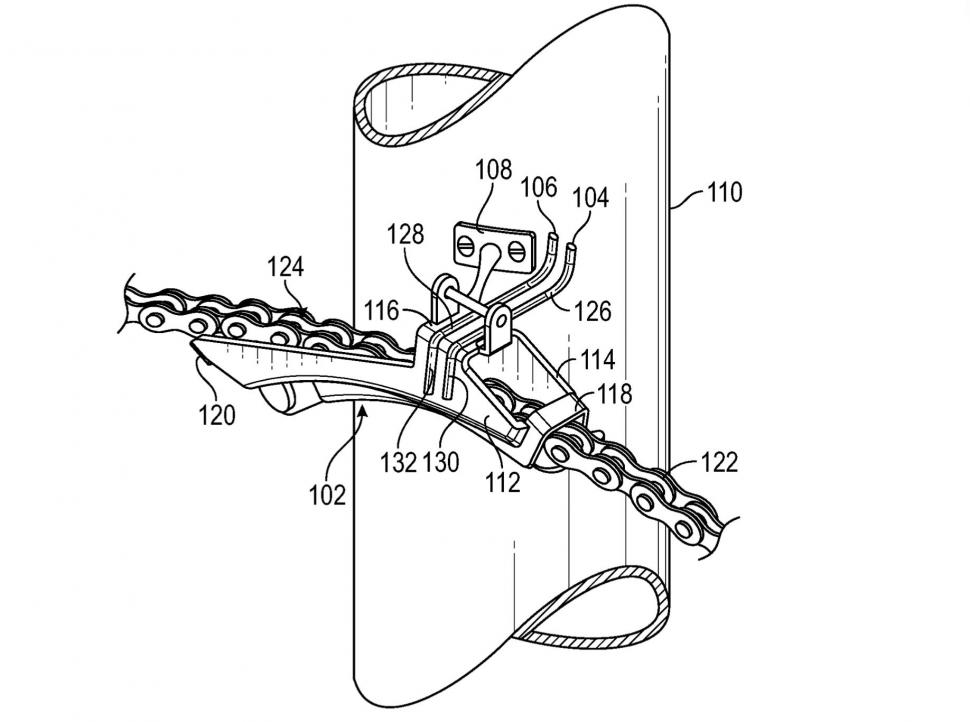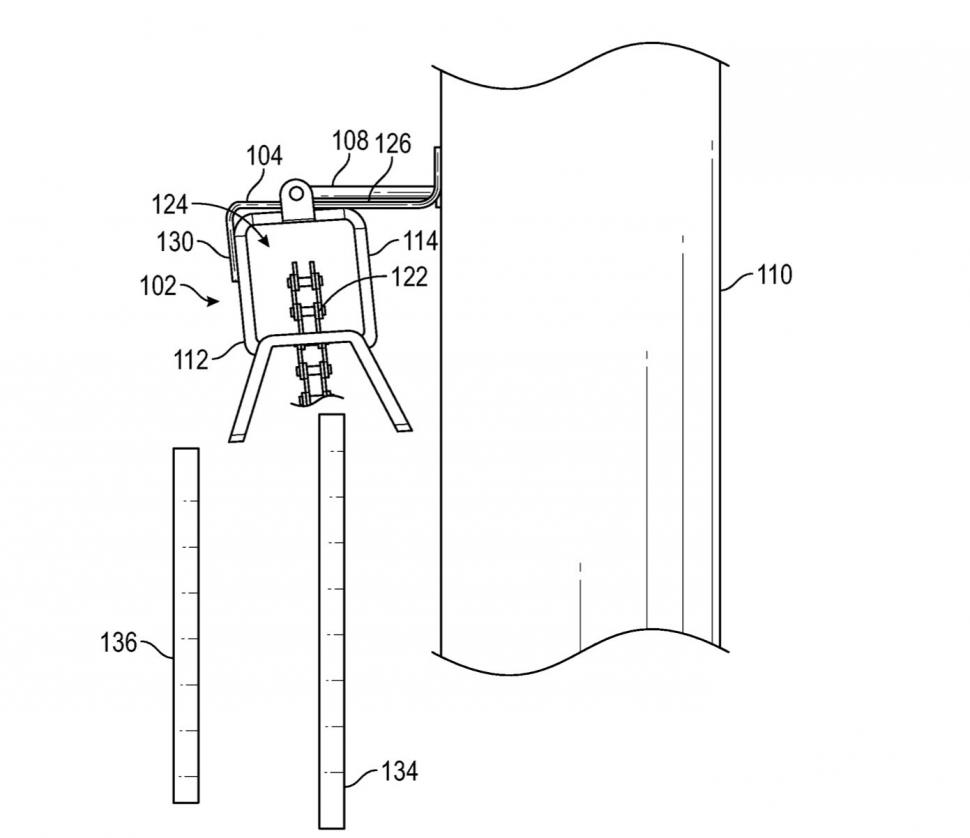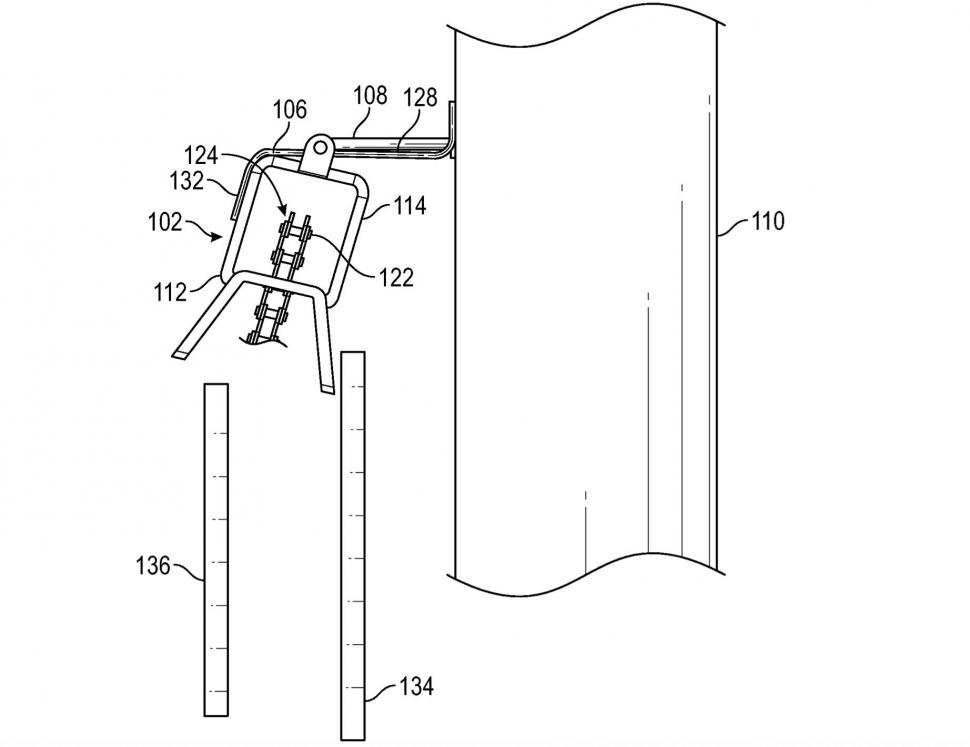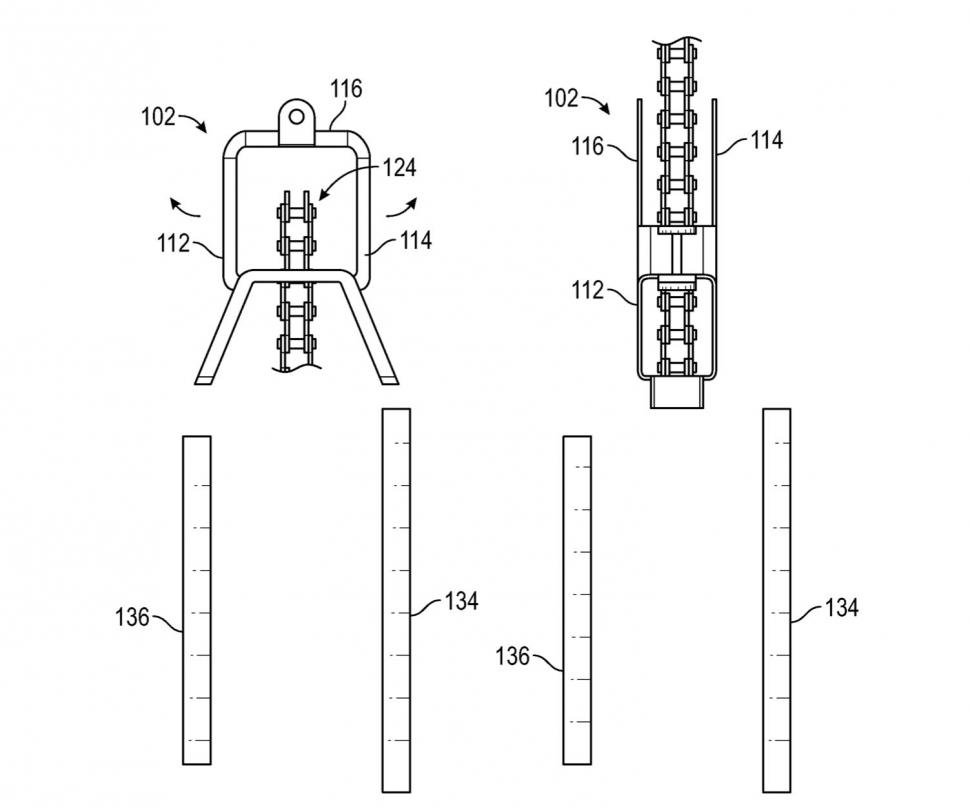- News
- Reviews
- Bikes
- Components
- Bar tape & grips
- Bottom brackets
- Brake & gear cables
- Brake & STI levers
- Brake pads & spares
- Brakes
- Cassettes & freewheels
- Chains
- Chainsets & chainrings
- Derailleurs - front
- Derailleurs - rear
- Forks
- Gear levers & shifters
- Groupsets
- Handlebars & extensions
- Headsets
- Hubs
- Inner tubes
- Pedals
- Quick releases & skewers
- Saddles
- Seatposts
- Stems
- Wheels
- Tyres
- Tubeless valves
- Accessories
- Accessories - misc
- Computer mounts
- Bags
- Bar ends
- Bike bags & cases
- Bottle cages
- Bottles
- Cameras
- Car racks
- Child seats
- Computers
- Glasses
- GPS units
- Helmets
- Lights - front
- Lights - rear
- Lights - sets
- Locks
- Mirrors
- Mudguards
- Racks
- Pumps & CO2 inflators
- Puncture kits
- Reflectives
- Smart watches
- Stands and racks
- Trailers
- Clothing
- Health, fitness and nutrition
- Tools and workshop
- Miscellaneous
- Buyers Guides
- Features
- Forum
- Recommends
- Podcast
TECH NEWS
 2021 Ford derailleur patent - 2
2021 Ford derailleur patent - 2Radical derailleur design revealed in new patent from Ford
Motor company Ford has been granted a patent for front and rear bicycle derailleurs that work via mouldable wires that bend when an electric current is passed through them. Although seemingly aimed at the e-bike market, the tech could in theory be used for standard bikes.
Wheelbased spotted this patent for a Bicycle Derailleur Apparatus For Controlling Bicycle Speed made by Ford Global Technologies (click here to go to Wheelbased's article), a research and development subsidiary of the Ford Motor Company. The system is unlike anything currently out there.
The system relies on mouldable wire, such as commercially available NiTi Nitinol Nickel Titanium Super Elastic Wire, which is good at deforming and then immediately returning to its original shape. This wire can be given ‘shape memory’ meaning it will take on a different shape when heated and return to its original shape when cooled. Ford says that we’re talking about heats of 100°C, although the wires will be insulated, naturally enough.
The deformation can be controlled by passing electric currents through the wires, causing them to heat up. One of the most attractive features of the design is the lack of parts required. This could reduce complexity, weight, and costs.
Although the technology is designed for both front and rear derailleurs, let’s stick with the front one here because it’s easier to explain. One possibility relies on two mouldable wires. One end of each wire is attached to the front derailleur cage. This front derailleur cage can pivot inwards and outwards.
Bear in mind that these images from the patent are illustrative of the technology only.
“Upon applying a predetermined electric current to the mouldable wires at separate time periods, the outer end portions deform from pliable states… to respective acute [less than 90°] and obtuse [greater than 90°] angular states.
“As the outer end portions of the mouldable wires are deformed to the respective acute and obtuse angular states… they cause movement of the bicycle chain guide in the lateral direction… to thereby shift the bicycle chain.
“The mouldable wires may push and pull the bicycle chain guide [the derailleur] into engagement with any number of derailleur sprocket gears.”
Make sense?
As is the way with patents, Ford gives a whole load of different design possibilities, the idea being to stop anyone else nipping in with their own variant.
In one instance, for example, “one of the mouldable wires may be attached to the outer wall while the other… is attached to the inner side wall. In this manner, [they] may push or pull the bicycle chain guide as a current is applied”.
In other instances, only one wire would be required. The wire would heat up with the application of an electric current, causing the end section to take on its angular state.
“The predetermined electric current does not need to be constantly applied to the mouldable wires to maintain their respective heated states, but instead may be received periodically so as to maintain the heated states,” says the patent.
What supplies the electric current?
“The bicycle derailleur apparatus may include an electric current generator which may be housed in a pedal crankset or elsewhere, a switch which may be located on the electric current generator to control to which one of the mouldable wires the electric current is applied, and a control panel which may be mounted to the bicycle handlebar which acts like a rheostat [a variable resistor that is used to control current] depending on the desired pedal cadence entered by the rider.
“The rider selects the desired pedal cadence [crank revolutions per minute] on the control panel mounted on the bicycle handlebar or elsewhere… [and] the two mouldable wires will perform the automatic sprocket gear shifting.
“As the rider pedals slower, less current is generated by the electric current generator which is in communication with the pedal crankset. As the rider pedals faster, more current is generated. Based on whether the actual pedal cadence is lower or higher than the selected pedal cadence, the apparatus sends current to the one of the other mouldable wires, depending on whether a downshift or upshift is desired.”
In other words, you could input your preferred cadence and the system would automatically shift to keep you at that rhythm. Remember, although we’ve focused on the front derailleur here (as Ford does in its patent) this technology is applicable to the rear derailleur too where automatic shifts would be less dramatic.
Of course, the existence of a patent does not mean that a launch is imminent or even that a product is being physically developed. As usual, we’ll just have to wait and see whether this one makes it to production.
Mat has been in cycling media since 1996, on titles including BikeRadar, Total Bike, Total Mountain Bike, What Mountain Bike and Mountain Biking UK, and he has been editor of 220 Triathlon and Cycling Plus. Mat has been road.cc technical editor for over a decade, testing bikes, fettling the latest kit, and trying out the most up-to-the-minute clothing. He has won his category in Ironman UK 70.3 and finished on the podium in both marathons he has run. Mat is a Cambridge graduate who did a post-grad in magazine journalism, and he is a winner of the Cycling Media Award for Specialist Online Writer. Now over 50, he's riding road and gravel bikes most days for fun and fitness rather than training for competitions.
Latest Comments
- ALCA 2 hours 3 min ago
I see illegally cars in central London daily freely speeding and racing.1 in 20 drivers respect the 20mph.cycles are the problem.
- whosatthewheel 5 hours 54 min ago
Except, the earth isn't flat. It's a cube.
- David9694 7 hours 37 min ago
Black ice or avoiding a cyclist
- chrisonabike 8 hours 3 min ago
Now I'm very afraid. If they're falling back on "but all drivers are trained and we have road laws" as a safety measure all bets are off. As far...
- don simon fbpe 8 hours 12 min ago
They'll go batshit when they find out what TNT Sports have done in U.K.
- Rendel Harris 8 hours 20 min ago
Sorry, I think you can only see this on Facebook, but absolutely brilliant: guy in a Range Rover has his vehicle seized for no insurance, his wife...
- Spangly Shiny 8 hours 57 min ago
So which is the free one then? All the ones I can see in this list will cost.
- don simon fbpe 9 hours 5 min ago
Nice though that Ribble is, it's not a pro-team bike, is it? Got to love a bit of 90s Campagnolo, shame it's only a 50t, but I guess those Chiltern...
- chrisonabike 10 hours 31 min ago
Agree, but again it's how to start to break the vicious circle?...
- chrisonabike 10 hours 43 min ago
I'm either amazed that they can get through with (presumably) a full sized waste truck, or amazed that she could not. Although as you say the bin...



Add new comment
7 comments
I have no interest in Mousers, from Texas Instruments. I will NEVER take a cycling tour with PedalTripr. Not do I care what Cricut makes. I have no interest in Tableau, Wayrite’s shitty clothes, Chubb insurance, or Nicorette FFS.
I subscribed to road.cc to help you make it a better site: ad free to subscribers. When are you going to fulfil your side of the bargain?
Hi Chris, really sorry about this - you're currently not listed as a site supporter, please could you email info [at] road.cc and we'll try to find out what's going on? Apologies again.
As others have pointed out, several serious potential problems with this; speed of response to the current, battery drain, strength of the effect. It takes quite a lot of effort to move a chain from one sprocket to another, just check out the spring strength on derailleurs, so would a single wire produce enough force to do the job?
It'll be heavy on battery if substantial wires have to be heated to 100C. And there will be no adjustability.
A classic example of a speculative patent that has no chance of becoming real.
My understanding :
1. Nitinol is very ductile in one of its states - which means the mech supports will bend easily.
2. I'm unable to find any hard data on this - but I dont believe Nitinol can deform fast enough to move a mech comparably to either a cable or a motor.
I see a problem with number two (speed), especially when we're talking about controlled heating to no more than 100°C. Don't see how it could compete with mechanical derailers or an internally geared system such as Classified's powerhub.
Well, the Ford brand just sparks distrust in my mind from the get go.
I don't know much about shape-changing metals, but they don't seem to have replaced traditional motors anywhere that I'm aware of. Previous alloys tended to wear out extremely quickly (e.g. a thousand uses) but I have heard that there's newer ones that can last for millions of shape changes.